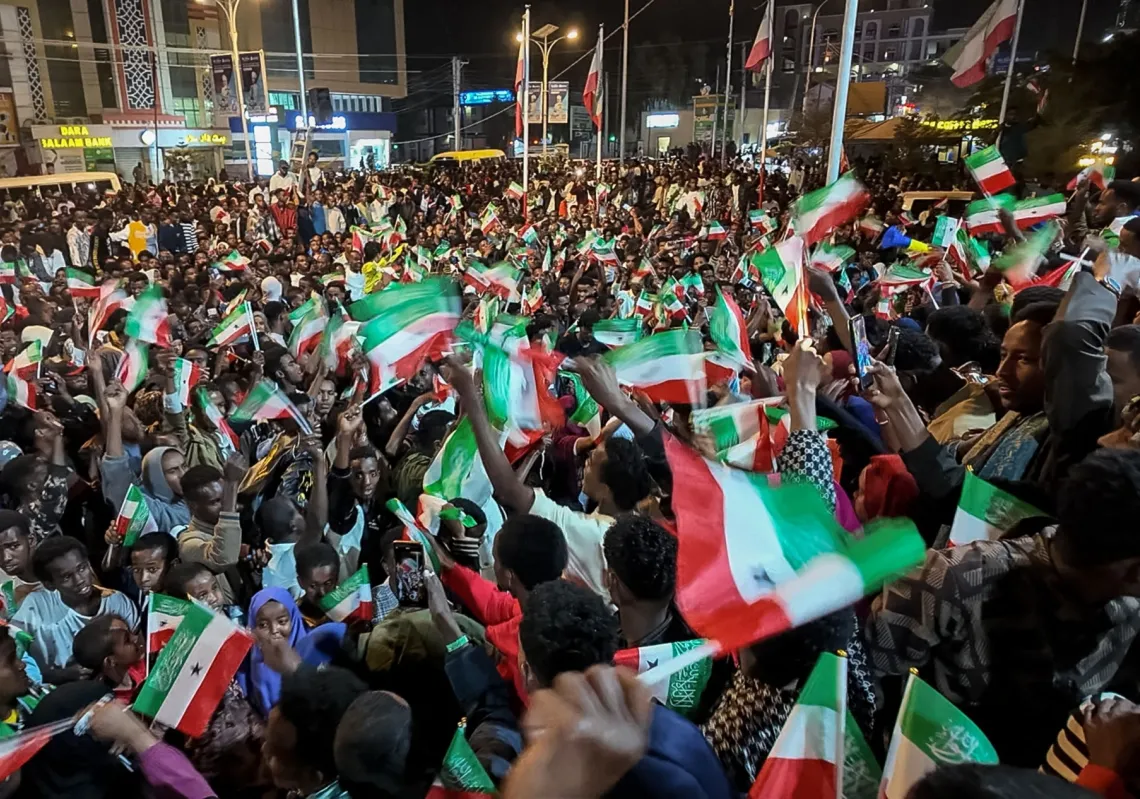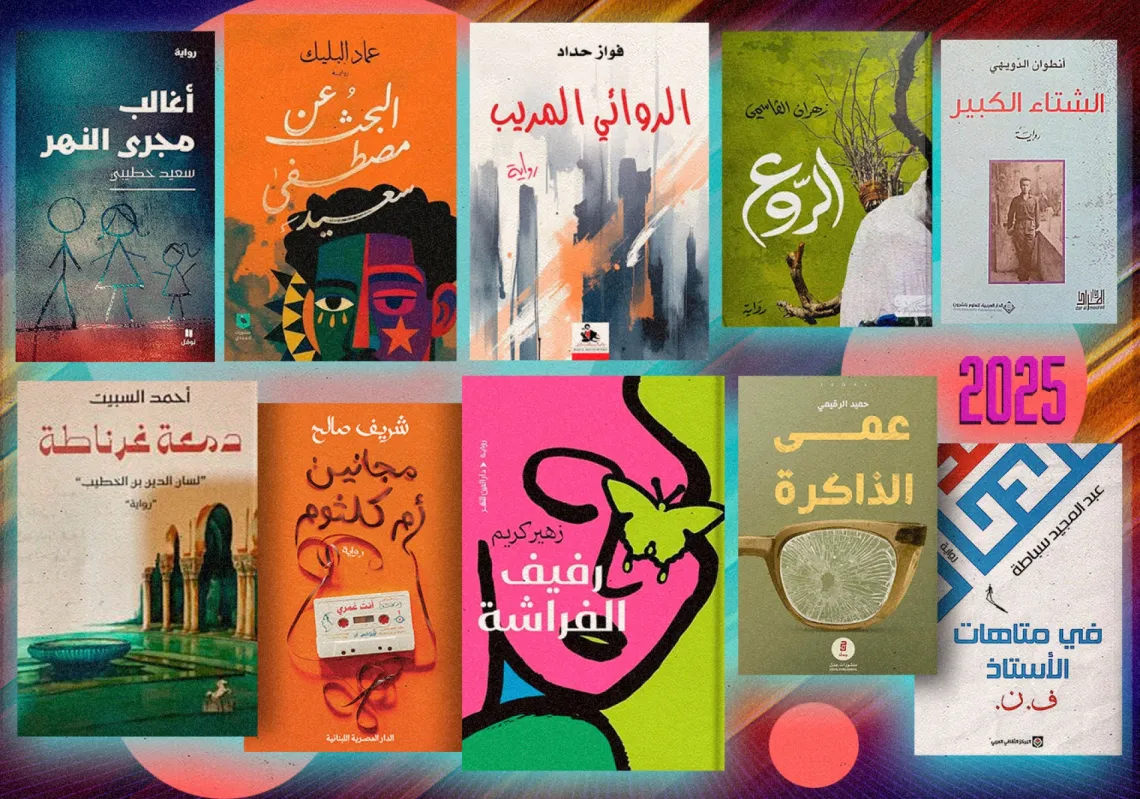In her latest book, “On the Trail of Enayat Al Zayat,” writer Iman Mersal shares the details of a journey seldom told. The book follows the trail of a woman writer in the 1960s and eloquently shares the joys and sorrows of a searching journey.
In the book that was awarded the Sheikh Zayed Book Award, Iman Mersal feels at home with the reader and engages him/her in an open conversation about women, creativity and the Arab world.
Being a poet, translator and college professor at Alberta University, Canada, the author dips her magnifying glasses into the heart of the sixties era and re-visits the time of radical socio-economic and cultural changes in Egypt.
The story begins when the writer came across an old novel and bought Al Hob W Al Samt (Love and Silence) from Cairo’s famous old and rare books market Sour Al-Azbakia (Azbakia wall). The forward of the book was signed by renowned writer Mostapha Mahmoud and explained that the young writer died before witnessing the publication of her first and last novel. The book haunted Iman Mersal for years, since the nineties to be specific, and it took her almost a decade to put all the pieces together, or rather ‘most of the revealing facts’ as she explained, adding that her aim was much more than to tell the tale of a dead writer.
The investigatory journey is more of a puzzle that requires patience and precision. But the writer here infused her own passion which made the journey an enticing tale in its own right.
Beginning with the family cemetery of Enayat El-Zayat, ending with the photo of her broken tombstone, together with Mersal’s comment that perhaps El-Zayat wanted to be free of all limitations, is the essence of this book.
Slowly Mersal walks us into El-Zayat’s footsteps, from school to motherhood, and describes how she was part of the post-1952 revolution women’s movement. A kaleidoscope of the cultural scene at that time reveals a lot about women of the era. Being amidst a great cultural shift has its downsides. El-Zayat was part of the scene but not on the shimmering side. Being the bestie of famous movie star Nadia Lotfy showed the contrast in both their lives. They both attended school together and remained friends since then. Nadia Lotfy got married and lived in Alexandria, while El-Zayat got married and lived in Cairo. While Nadia Lotfy sought an acting career, El Zayat had trouble in her marriage. After giving birth to a boy, she asked for a divorce. During the painful journey of divorce, she found a job thanks to her excellent German language and started working on her first novel in Arabic.
Suffering from chronic depression burdened the young woman even more. The fact that her husband got custody of her son drove her literally to the edge. After the publishing house refused to publish her first novel, El-Zayat committed suicide in her twenties.
Between El-Zayat’s memoirs, the draft of the novel that her family destroyed, and the few notes that survived along with her book, Mersal started to sew the details of Enayat and lay out a route that maps the life of a talented woman who was crushed amidst a social change. Reflecting so many women at the time who were surviving society’s double standards which allowed women limited freedom and dictated the form of creativity, El-Zayat is more of a solitary summer breath that reminds us of all of the possibilities and creativity that she could have charted in this world, if only society would just let her be.
The book is gripping for the way the journey was told in a mixture of documentation and poetic reality. Sometimes the author actually reveals her own fictional tale of El-Zayat before she researched her. The details she conveys in her encounter with movie star Nadia Lotfy is more of cinema scene described and narrated shot by shot. It is not difficult to hear Nadia Lotfy’s voice while reading.
The way Mersal frowns upon upper-middleclass morality is also very obvious in the way she narrates her encounter with El-Zayat’s sister who was very protective about her late sister’s history. The panorama of this era in Egypt and the Arab world is a subtle cross-cutting theme in the book that reveals so many shades of the colors of this social segment of Egypt that were shown in the cinema in black and white.
The book is a journey full of discoveries, but the most important one of all is how much our world lacks empathy and kindness.









